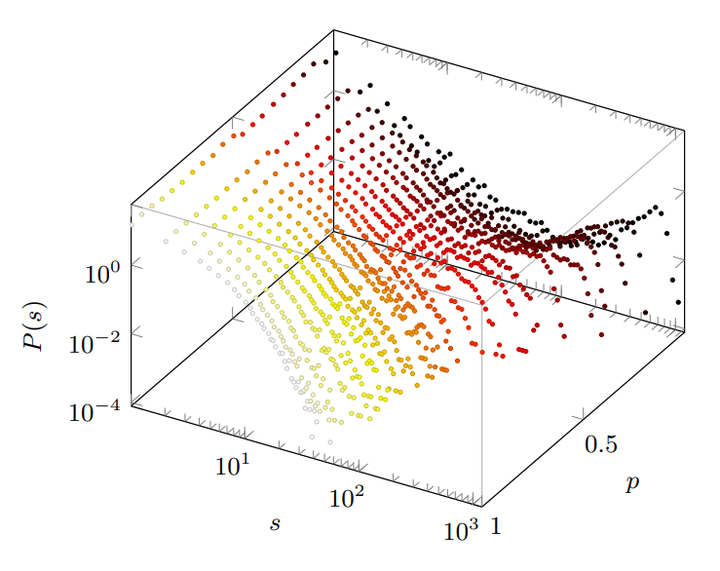Balanced information storage and transfer in modular spiking neural networks

Abstract
While information processing in complex systems can be described in abstract, general terms, there are cases in which the relation between these computations and the physical substrate of the underlying system is itself of interest. Prominently, the brain is one such case. With the aim of relating information and dynamics in biological neural systems, we study a model network of spiking neurons with different coupling configurations, and explore the relation between its informational, dynamical, and topological properties. We find that information transfer and storage peak at two separate points for different values of the coupling parameter, and are balanced at an intermediate point. In this configuration, avalanches in the network follow a long-tailed, power law-like distribution. Furthermore, the avalanche statistics at this point reproduce empirical findings in the biological brain.